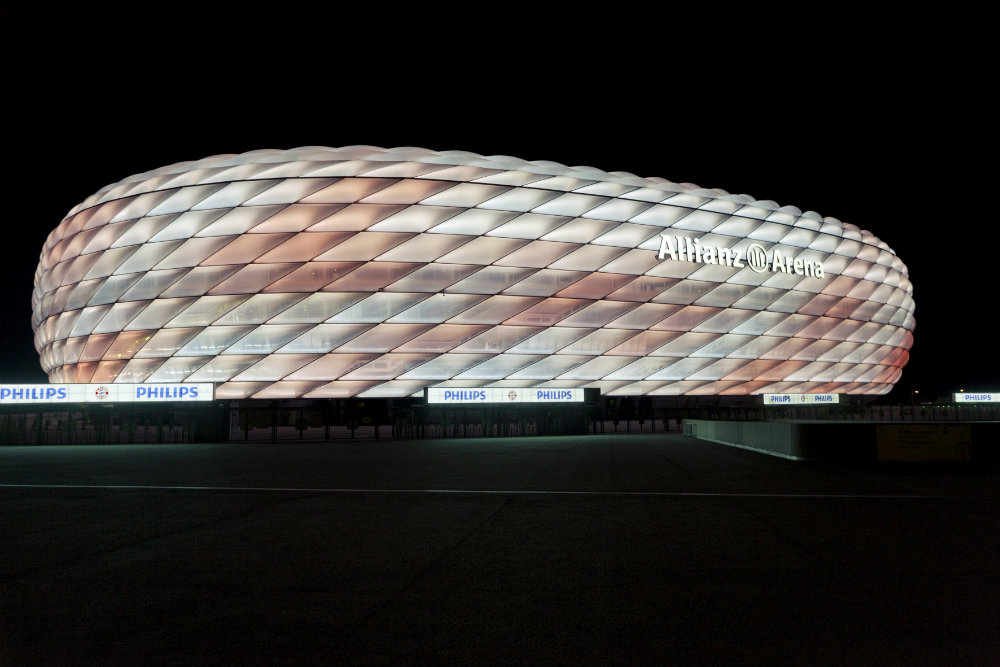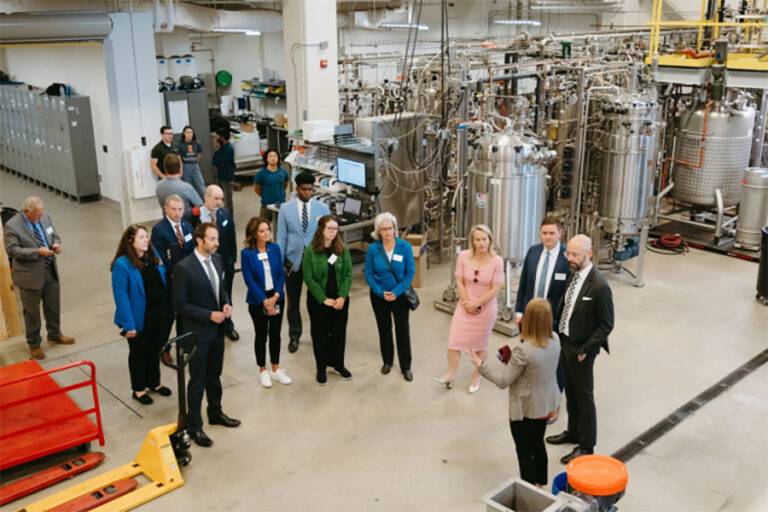The Philips Stadion, originally built by the company over a century ago, is full of light. Light that pulsates in time with music. Light that dies instantly, as thousands of light emitting diodes switch off, plunging the pitch momentarily into darkness. Light that floods the arena anew when the home team scores a goal, bringing the crowd to its feet.

“The more you captivate people, the more you are going to entertain them,” says Mike Simpson, Philips Lighting’s global application lead. “Our ArenaExperience is all about that. We sit down with a club like PSV and plot the fan experience and then see how we can use our lighting to enhance it.”
For almost 125 years, Philips Lighting has been at the forefront of illumination innovation, from the first carbon-filament lamps to the latest energy-efficient, long-life LEDs. Today, it is the undisputed leader in sports, providing floodlighting for 55% of the world’s largest soccer stadiums, 70% of the UK’s Premier League clubs, and a host of other major venues.
In 2015, it installed 300,000 LEDs to illuminate the façade of Bayern Munich’s Allianz Arena, transforming it into “one enormous canvas,” Simpson says, upon which light, quite literally, plays.
“LED lighting adds a stunning entertainment effect to the stadium experience.”
Mike Simpson, Global Application Lead,
Philips Lighting
LED stadium solutions provide significant advantages for all stakeholders. All the action on the field is brightly lit and free from glare, helping players and fans to follow the ball.
High-definition television cameras and viewers at home enjoy the benefits of flicker-free lighting. And furthermore owners computer control every aspect of illumination, pulling crowds in, heightening the atmosphere and cutting operating and maintenance costs.
“LEDs have changed things enormously,” Simpson insists. “The next thing coming is all the systems and services we offer as we bring lighting into the digital age. Customers want to know how lighting fits into IoT and the exciting opportunities that brings. We are moving from hardware technology into a world of software applications. Things are moving really fast.”![]()









